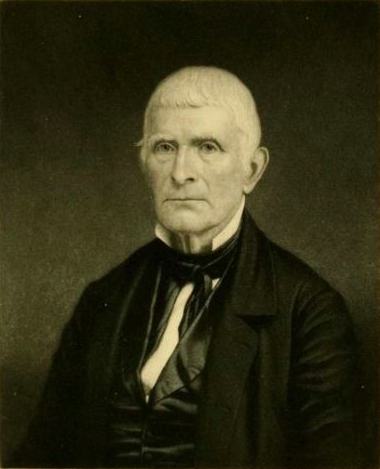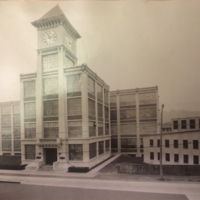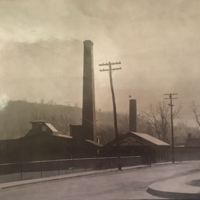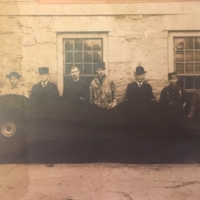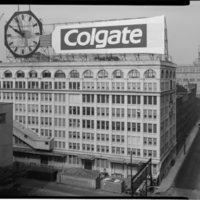Time Before the War
Thomaston was in a position to make contributions to the nation during World War I because of the Seth Thomas Clock Company and the related brass industry. By the 20th century, Thomaston was a tightly knit community of skilled and creative workers due to the business sense of Seth Thomas.
Seth Thomas, a carpenter by trade, was an employee of Eli Terry, who had industrialized clockmaking using interchangeable parts in Plymouth in the early 1800s. Thomas bought Terry’s firm and struck out alone in a new factory in Plymouth Hollow along the Naugatuck River in 1813. At first, Thomas made the cases and the movements of wood and employed local craftsmen who completed their tasks in their homes. Then Chauncey Jerome, who had also worked for Eli Terry, revolutionized the clock industry by inventing cheap, accurate movements from stamped brass parts in 1837. In earlier clocks, only the escape wheels, which caused the clock's hands to advance at a steady rate, were made of brass.
Chauncey's invention made clocks cheaper to mass produce and created more competition for Thomas in uncertain economic times. Therefore, Thomas built a brass mill in Thomaston (then, still Plymouth Hollow) in 1853; after a Waterbury brass company bought it in 1869, it became known as the Plume & Atwood Manufacturing Company. Thomas diversified his business interests and used his influence to get the Naugatuck Railroad Company to put its line through his town. However, clockmaking remained Thomaston's economic foundation and the source of its identity. Thomaston separated from Plymouth in 1875. By that time, it was a small but significant industrial center with a bustling town.
By World War I, the Seth Thomas Clock Company was known worldwide for its high quality clocks. A source of great pride for the workers and the town, it made tower clocks for churches, railroad stations, and municipal buildings beginning in the 1870s in the Tower Clock Department on Elm Street. Among the most famous Seth Thomas clocks are the Grand Central Terminal clock, the tower clock in Independence Hall (completed for the centennial), and the Colgate Clocks in Jersey City. The Colgate company commissioned its first clock in 1908. It was moved and replaced by a second Colgate Clock in 1924. The second clock remains, visible from Manhattan, even though Colgate has moved. The Colgate Clocks were the largest clocks in the world.
Seth Thomas and the Seth Thomas Clock Company shaped Thomaston’s identity as it became a tightly knit community of industrial workers from diverse European backgrounds. Clockmaking required skilled woodworkers, brassworkers, and toolmakers and supported related Thomaston industries. Unskilled workers assembled, packed, and shipped. Together, these industries met the consumer’s demands in times of peace and the nation’s needs in times of war.
